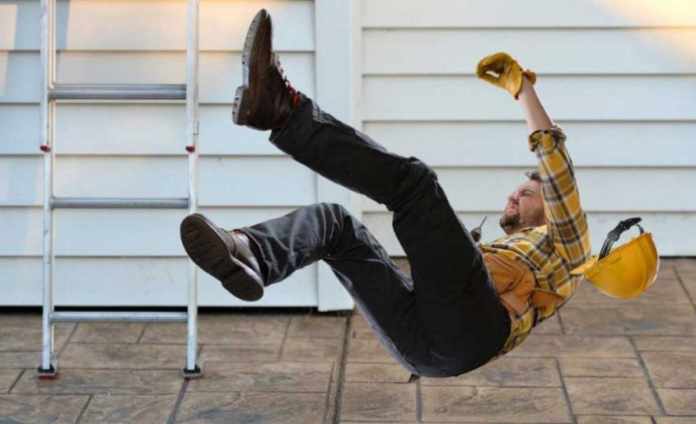Do you know what to do in an emergency? When was the last time you brushed up on your CPR? Every day, we are at risk of the unexpected—but being prepared to undergo first aid courses with safety basics and knowledge will give you the peace of mind to handle anything that comes your way.
Sometimes, the first responder isn’t always an EMT. If you’re put in a position where you need to provide aid, you’ll be in good hands if you have the right supplies available and you know how to use them. Most companies, public spaces and homes have medical supply kits, but may not always include instructions on how to use them. To help you feel more confident in your safety knowledge, here are six basic principles you’ll want to learn—but remember, practice makes perfect. Search for a first aid class in your area to feel more confident in what you’ve learned and test your skills of Safety Basics.Search for a 1 day first aid course in your area to feel more confident in what you’ve learned and test your skills of Safety Basics.
Table of Contents
1. Assess the situation and call 911.
As a general rule, if you are worried about someone’s safety or aren’t sure how to handle a situation, it’s okay to call 911 for support. Operator lines are usually pretty busy, so it’s still important to use discernment to understand if the situation calls for support. If you accidentally dial 911 when you don’t mean to, do not hang up the phone. Operators request that you stay on the line to confirm that you do not need additional assistance.
2. Use PPE to keep you, and others, protected.
If you are going to deliver first aid, it’s more important than ever to use PPE to protect everyone involved from additional harm. If possible, use face shields, masks and gloves to reduce the spread of germs or prevent contact with bodily fluids. In scenarios where you may come into contact with a harmful gas or poison, consult your 911 operator and do not engage with the substance until you have been cleared to do so.
3. Carry travel safety equipment.
What’s in your backpack or purse right now? Do you have anything that could be useful in an emergency? Even just a couple simple supplies can make all the difference, and they don’t have to take up a lot of space either. A small individual response pack can fit in most backpacks and may be all you need to prevent further injury until professionals arrive.
4. Perform a quick assessment and emergency services.
In high stress situations, it’s easy to become quickly overwhelmed. If you notice people around you are panicking, try to become the commanding force that keeps everyone calm. If you are able to help, delegate someone nearby to contact 911 while you address the needs of the person in front of you. Keep in mind, if there are hazardous materials or items near you like a damaged vehicle or open flame, it’s important to evacuate the area before doing anything else. You can’t help someone else if you are in danger yourself!
5. Reach out to additional ICE contacts.
In some cases, it may be important to reach out to emergency contacts of those who need help. Many individuals have In Case of Emergency (ICE) contacts in their phone that you can quickly access from the home screen without their password. Once you have been able to confirm the safety of those around you and help is on the way, you can reach out to family members or friends who may also want to be informed of what happened.
6. Don’t make assumptions.
You’re not a professional of Safety Basics, and no one expects you to be! Some situations may seem serious, but are actually quite treatable—but the reverse is also true. Don’t take action if you’re not sure what’s going on or don’t know the proper steps to take in a specific emergency. Be careful to not assume in any situation, and instead prioritize calling for help to make sure everyone eventually makes it home safe.








